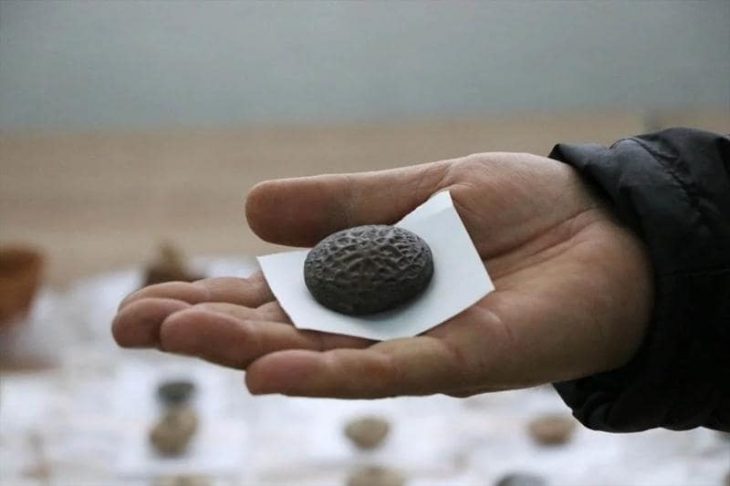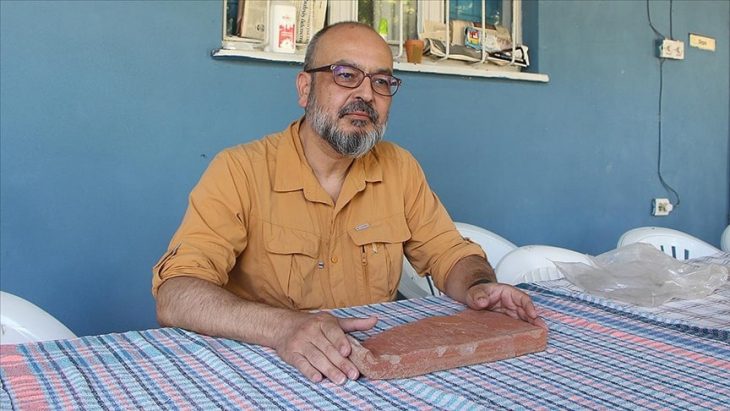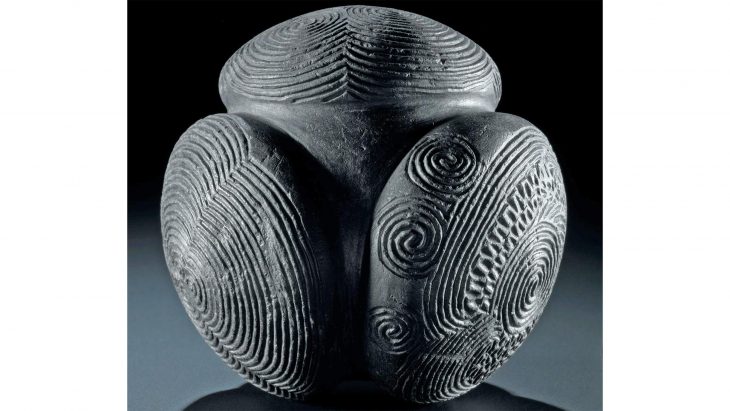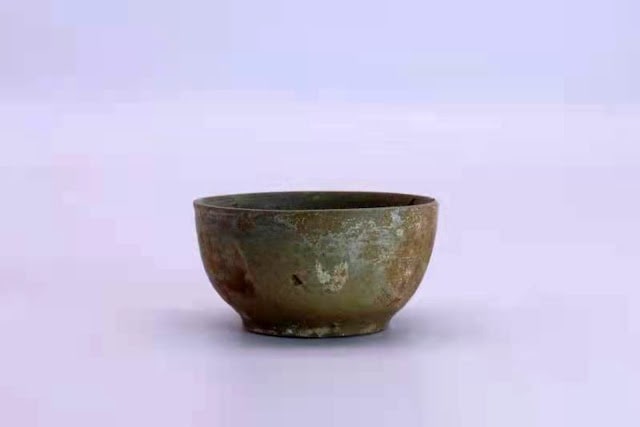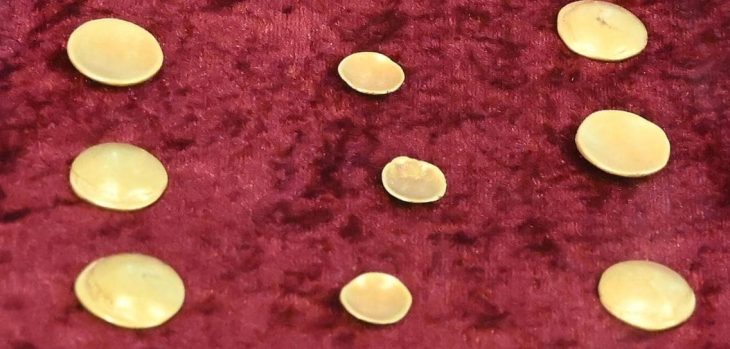A shipwreck dating back to the 5th and 6th centuries BC was discovered in the waters of Santa Maria del Focallo near Ispica on the southern tip of the Italian island, along with ancient anchors made of stone and iron.
This shipwreck discovered off the coast of Sicily could offer new insights into ancient Greece, which colonized the Mediterranean island for hundreds of years.
Archaeologists discovered the ship buried under 20 feet of sand and rock off the southern tip of Sicily. The ancient wreck was not alone in its discovery. Just a few feet away, the team found two iron inverted “T” anchors, likely from the seventh century A.D., as well as four stone anchors that are thought to be from the prehistoric era. One of these stone anchors was broken and may have originally featured two wooden flukes designed to help secure it to the seafloor.
According to a translated statement from the Sicilian Region’s Superintendent of the Sea, these findings shed light on the region’s rich maritime history.
When archaeologists unearthed the sunken ship, they discovered a hull built using an “on-the-shell” construction technique, a simplistic early shipbuilding method often traced to populations around the Mediterranean. The “on-shell technique” is characterized by planking connected at the joints, allowing the ship’s hull to function in a self-supporting manner.

Also, archaeologists created a three-dimensional model of the shipwreck and collected samples from the artifacts for analysis, hoping to understand more about the materials that compose them.
“The general condition of the hull, which has long been the object of attack by mollusks that feed on wood, is in fact extremely delicate and requires not only expertise, but also a lot of caution,” Massimo Capulli, professor of underwater and naval archaeology at the University of Udine, said in a translated statement from the university.
“This discovery represents an extraordinary contribution to the knowledge of the maritime history of Sicily and the Mediterranean and highlights once again the central role of the Island in the traffic and cultural exchanges of antiquity,” said Francesco Paolo Scarpinato, Sicily’s regional councilor for cultural heritage and Sicilian identity, in a statement on the shipwreck. “The wreck, dating back to a crucial period for the transition between archaic and classical Greece, is a precious piece of the submerged Sicilian cultural heritage.”
Professor Massimo Capulli, added in a separate statement released by the university that studying the wreck may help illuminate how trade happened between ancient Greeks and Carthaginians, two groups that thousands of years ago fought for control of the seas around present-day Sicily. We are in fact faced with material evidence of the traffic and trade of a very ancient era.”
Further exploration of the wreck may provide valuable insights into the maritime knowledge of the era. This underwater investigation is part of the Kaukana Project, an initiative dedicated to researching the cultural heritage hidden beneath the waters off the coast of Sicily, which has been underway since 2017.
Cover Image Credit: Soprintendenza del Mare



